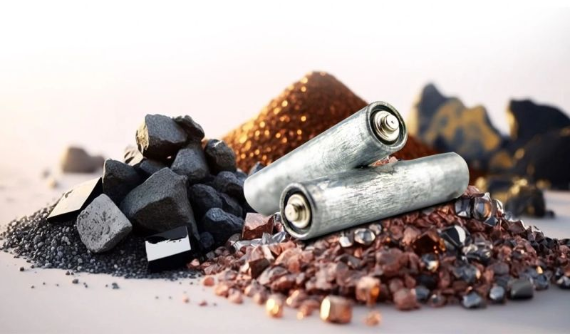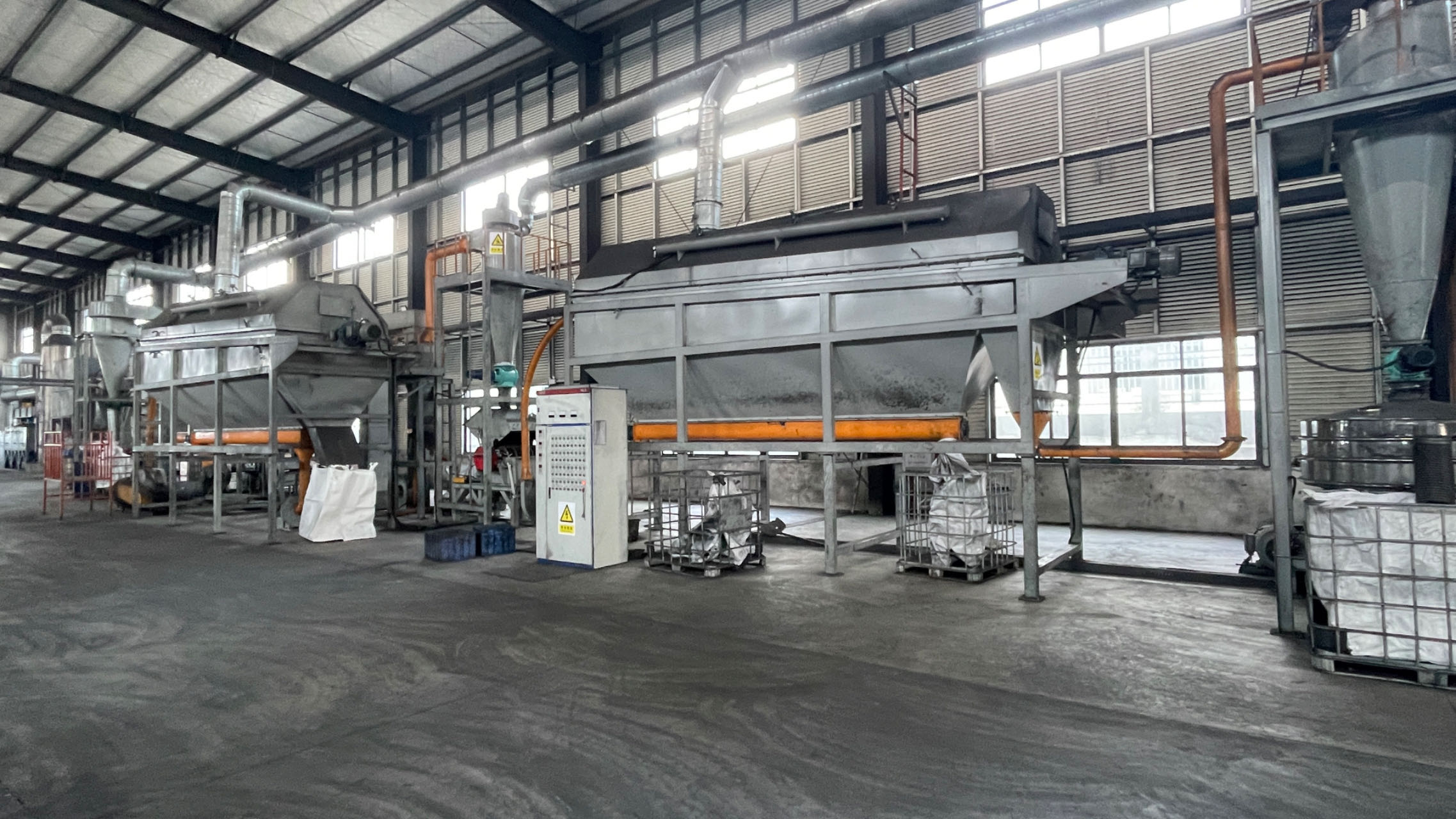Ever wondered what happens to the precious metals in your dead lithium batteries?
From lithium to nickel, cobalt to silver, these rare-earth elements are essential for powering our moderdevices, from smartphones to electricvehicles. But here's the catch: their demand is rising, while the supply remains limited. That's where recycling comes in!
According to analysis, the average lithium ion battery contains 12% -18% cobalt, 1.2% -1.8% lithium, 8% -10% copper, 4% - 8% aluminum, and 30% shell alloy. However, due to technical and economic reasons, the current recovery rate of lithium batteries is very low. A large number of waste lithium batteries are abandoned, which poses a huge threat and pollution to the environment. What is the lithium battery recycling technology?

Lithium-ion batteries have become ubiquitous in our modern society, powering everything from smartphones to electric cars. As lithium-ion batteries continue to grow in popularity, so does the need for effective recycling solutions to manage the growing number of used batteries.
The lithium-ion battery recycling process is divided into multiple steps designed to extract and recover valuable materials from these devices. The key steps are described in more detail below:
Collection and Sorting: The first step is to collect used lithium-ion batteries from a variety of sources, including consumer electronics, energy storage systems and electric vehicles. The batteries are then carefully sorted according to their chemistry, size and condition to ensure efficient processing. For example, NMC, LFP etc. are categorised by material; 18650, 26650, 14500 etc. form factor etc.
Disassembly and Pretreatment: Once collected, batteries are disassembled by removing the casing, terminals and other external components. And the batteries that are still useful are reused for energy storage. This step helps prepare the battery for the next stage of its recycling journey.
Mechanical Separation: After disassembly, the battery is mechanically separated to isolate internal components such as the cathode, anode and electrolyte. This process typically involves shredding, crushing or other physical techniques to break down the battery. Lithium batteries can be shredded to prevent explosions using our liquid nitrogen containment and protection shredders that can isolate the air, and then the material goes into a cracking furnace to evaporate the electrolyte and dispose of the bonding agent. to improve the recovery and purity of the black powder, and finally our own sorting equipment to obtain the industry's higher level of copper and aluminium recovery and purity.

Contact: Claude Xia
Phone: 86-17746684742
Tel:86-0797-8587898
Email: [email protected]
Add: No.15, Industrial Avenue, Industrial Park, Shicheng County, Ganzhou City, Jiangxi Province